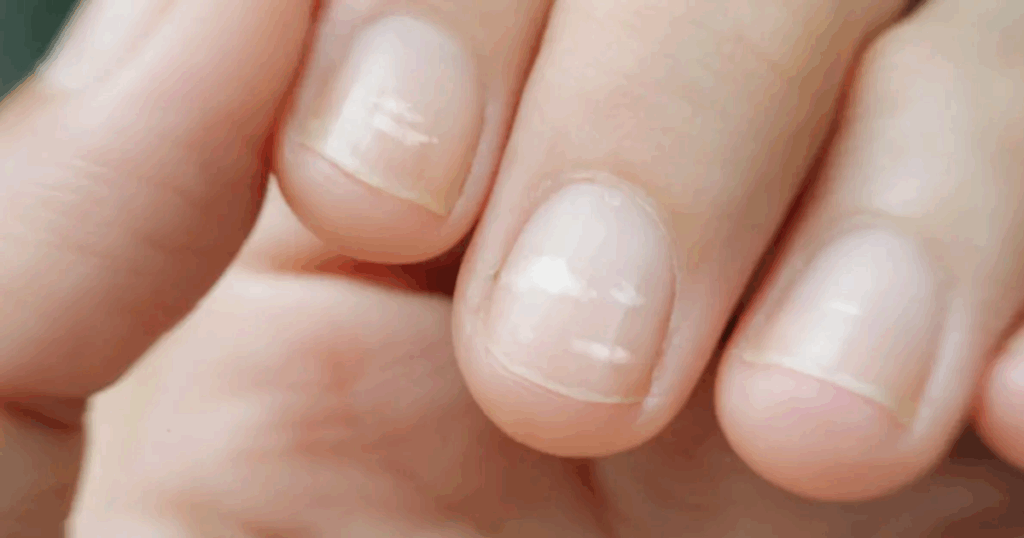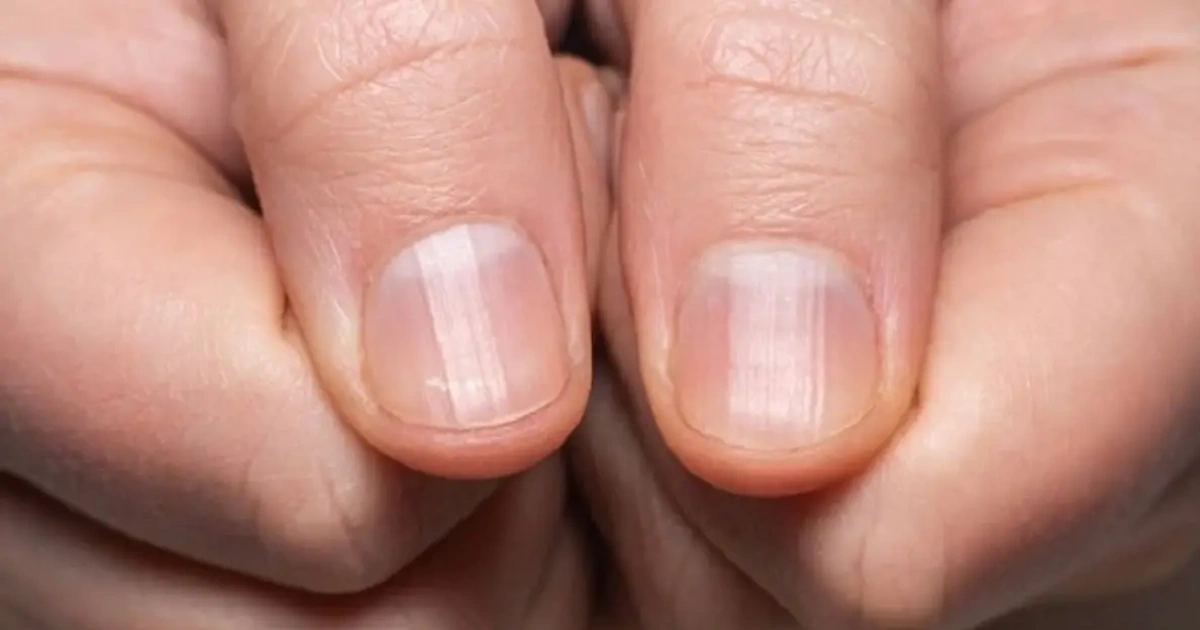Your nails are more than a cosmetic feature—they can offer valuable insights into your overall health. Subtle changes in color, texture, or shape may be early signs of underlying conditions. By learning how to interpret these signals, you can take proactive steps to maintain both nail health and general well-being.
Nails as a Reflection of Your Health
Healthy nails are smooth, evenly colored with a soft pink hue, and free from cracks or irregularities. They indicate adequate nutrition, good circulation, and balanced body functions. Conversely, abnormalities such as spots, ridges, or discoloration can sometimes be linked to systemic illnesses that require medical attention.
Common Nail Disorders and Their Possible Causes
- Healthy Nail: Smooth surface, light color, and resilience—often a sign of good health.
- Spoon Nails (Koilonychia): Concave shape that may point to iron-deficiency anemia.
- Terry’s Nails: Nails that appear almost completely white without a visible lunula; associated with liver disease, diabetes, or malnutrition.
- Beau’s Lines: Horizontal grooves that move as the nail grows, often caused by illness, fever, or physical stress.
- Muehrcke’s Lines: Fixed pale bands that do not grow out, potentially linked to low albumin levels and metabolic disorders.
- Onychogryphosis: Thickened, curved “claw-like” nails, common in older adults or following repeated trauma.
- Onycholysis (Plummer’s Nails): Detachment of the nail plate from the nail bed, sometimes linked to hyperthyroidism.
- Color Changes:
- Green: May indicate bacterial infection such as Pseudomonas aeruginosa.
- Yellow: Often caused by fungal infection or repeated use of low-quality nail polish.
- White: Usually the result of minor trauma or psoriasis; not typically caused by calcium deficiency.
How to Monitor Nail Health
- Check nail shape, texture, and thickness regularly under natural light.
- Take clear photos of any changes for reference over time.
- Note whether the changes affect one nail or multiple nails—widespread changes may suggest a systemic cause.
- Wear gloves during manual work to protect nails from physical and chemical damage.
- Seek professional advice if you notice persistent or painful changes.
Common Mistakes to Avoid
- Ignoring Persistent Changes: Even minor alterations can worsen if left unchecked.
- Superficial Evaluation: Some small marks may be indicators of more serious issues.
- Self-Diagnosis from Non-Medical Sources: Always confirm concerns with a qualified healthcare provider.

Benefits of Regular Nail Observation
- Early detection of possible health problems.
- Simple, cost-free monitoring technique available to everyone.
- Reduced risk of long-term damage through timely intervention.
Seasonal and Environmental Nail Care Tips
- Cold Weather: Use hand creams and cuticle oils regularly to combat dryness.
- Humid Climates: Keep hands and feet dry to prevent bacterial and fungal growth.
- Extreme Temperatures: Protect nails with gloves or moisturizing products when working in harsh conditions.
Useful Tools and Products for Nail Care
- Bright natural light or a flashlight for detailed inspection.
- Camera or smartphone for tracking changes.
- Protective gloves for manual labor or harsh cleaning tasks.
- Moisturizing creams or cuticle oils.
- Notebook or app to log changes and care routines.
FAQ
Q1: What causes ingrown toenails?
They are often due to improper trimming, tight footwear, or genetic predisposition. If they become infected or recurrent, medical treatment is advised.
Q2: Why do white spots appear on nails?
Most are caused by minor trauma or dermatological reactions, not calcium deficiency.
Q3: What do spoon-shaped nails indicate?
They are frequently linked to iron-deficiency anemia or thyroid problems, especially if they occur on multiple nails.
Q4: When should I see a doctor about nail changes?
If changes are persistent, painful, or unusual—such as dark spots, severe deformation, or signs of infection—consult a dermatologist promptly.
Internal Linking Suggestions from secretsofthegreengarden.com
- Natural Remedies for Healthy Skin and Nails
- Best Oils and Moisturizers for Hand and Nail Care
- Daily Wellness Habits for Better Circulation and Skin Health
External Link Suggestions
- American Academy of Dermatology – Nail Health
- Mayo Clinic – Nail Changes and What They Mean
- Harvard Health – Nails and Your Health
Main Keyword: nail health
LSI/NLP Keywords Used: nail disorders, healthy nails, nail color changes, nail care tips, nail abnormalities, nail inspection, fungal nail infections, nail health monitoring

